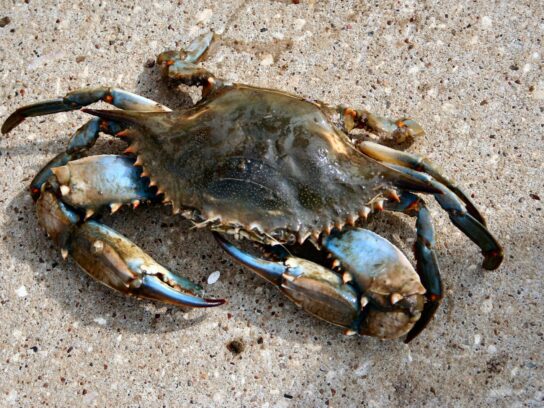
According to the biennial State of the Bay Report from the Chesapeake Bay Foundation (CBF), the Bay and its watershed have received another D+ rating. The report found conditions virtually unchanged since 2020.
The report cites agricultural pollution, urban and suburban runoff and climate change as the biggest challenges to be addressed.
As the Foundation notes, the Chesapeake Clean Water Blueprint remains the best plan for restoring local waterways. Unfortunately, implementation of that plan has been slow in coming.
Hillary Harp Falk, President of the CBF, holds out hope for progress. “By following the science, approaching our challenges with optimism, and holding each other accountable, we will leave clean water, strong economics and vibrant communities for the next generation.”
CBF uses three categories to arrive at their score: pollution, habitat, and fisheries.
In the pollution category, while phosphorus levels improved, overall water clarity declined. Recent farm conservation funding from the state and federal government could help reduce some toxicity levels. When it comes to fisheries, rockfish and oysters seem to be making a comeback. But the state’s signature blue crab population seems to be on the decline – reaching its lowest level since the surveys began 33 years ago. In response, catch limits were imposed last season.
As for habitat, the Foundation found conditions in underwater grasses, forest buffers, and wetlands pretty much unchanged since their last survey.
According to the Foundation, the Chesapeake Bay watershed includes 64 thousand miles of rivers, streams and communities. It covers an area that more than 18 million people, and 3,600 species of plants and animals call home.


Comments are closed.